A groundbreaking new paper in the Journal of Archaeological Science has discredited a long-standing theory about one of the most famous royal tombs from ancient Greece. Long believed to be the grave of Philip II of Macedon, father of Alexander the Great, the so-called Tomb of Persephone at the Vergina Great Tumulus might contain the bones of another, still unidentified, high-status Macedonian.

The tomb, known as Tomb I, is part of the royal burial complex at Aigai (now Vergina) in northern Greece. Discovered in 1977, the complex comprises several tombs thought to belong to the Argead dynasty, the Macedonian ruling family. For many years, many experts asserted that Tomb I contained the remains of Philip II, his young wife Cleopatra Eurydice, and his infant son—all of whom were said to be murdered in 336 BCE, possibly on the orders of Philip’s former wife Olympias, so that the throne would be secure for her son Alexander.
The new interdisciplinary research by Dr. Yannis Maniatis and an international team of archaeologists, biologists, and chemists presents a different scenario. Employing a suite of modern techniques—radiocarbon dating, analysis of ancient DNA, isotopic analysis, and osteological examination—the researchers re-evaluated the skeletal remains. Their evidence conclusively rules out the theory that Philip II and his family were buried in Tomb I.

The analysis showed that the male individual buried in the tomb was between 25 and 35 years old and stood about 167 cm tall. The calibrated radiocarbon dates place his death between 388 and 356 BCE—at least two decades before Philip II was assassinated. The remains of a female, aged 18 to 25, were also found and appear to date to the same time, suggesting they were entombed together. “These findings exclude any association of this burial with Philip II of Macedon (died in 336 BCE), as proposed by some authors,” the scientists wrote in their article.
The tomb itself, well known for its beautiful frescoes depicting the Abduction of Persephone, was previously looted, presumably in the 3rd century BCE. That initial opening could have paved the way for later intrusions, as additional remains of at least six infants, as well as animal remains, were also found in the tomb, dating back to the Roman period (150 BCE to 130 CE). According to the study, these were likely interred when Roman-era parents used the tomb as a burial site for deceased newborns.

While the adult male and female appear to have been high-ranking individuals, their identities are not known. The beauty of the tomb and wall paintings suggests that the man may have been a royal, even a king. Others have speculated that the occupants may be Amyntas III (Alexander’s grandfather) or his sons, Alexander II and Perdiccas III, who both died during the newly established time frame.
Strontium-isotope analysis also indicated that the male spent his childhood outside the region of Pella or Vergina, perhaps in northwest or southern Greece. The female, however, appeared to be a native of the greater Pella area and presumably died there.
In the context of this evidence, the researchers suggest that previous assumptions about the occupants of the tomb are no longer scientifically tenable. Even though the true identities of those buried are still unknown, the work offers a substantial revision of our understanding of Macedonian royal tombs.



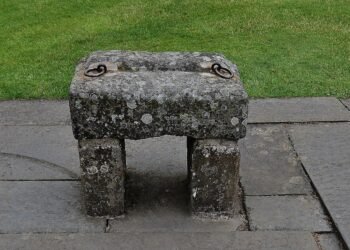
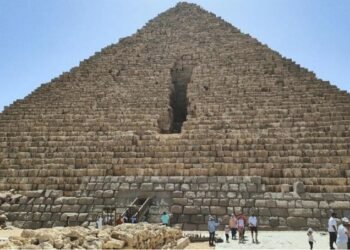
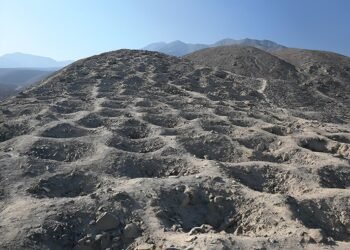
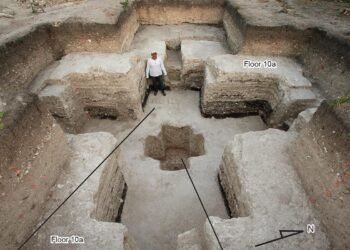
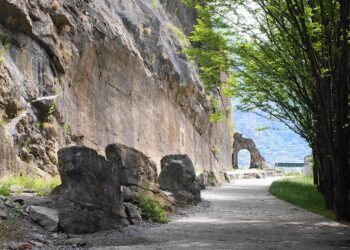
















This paper is about the bones in tomb 1. However isn’t it tomb 2 which is known as Phillip’s tomb?